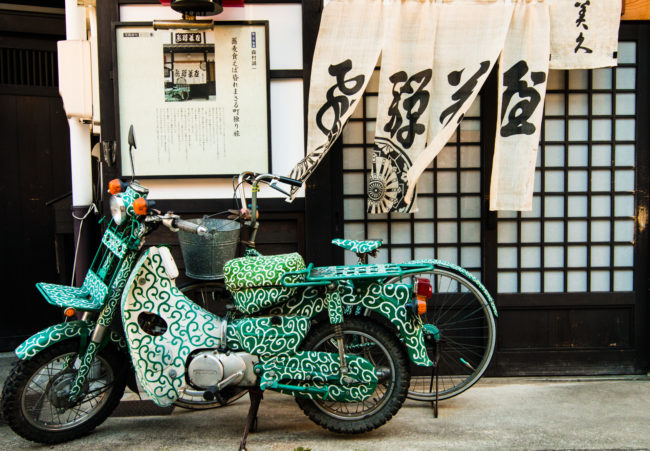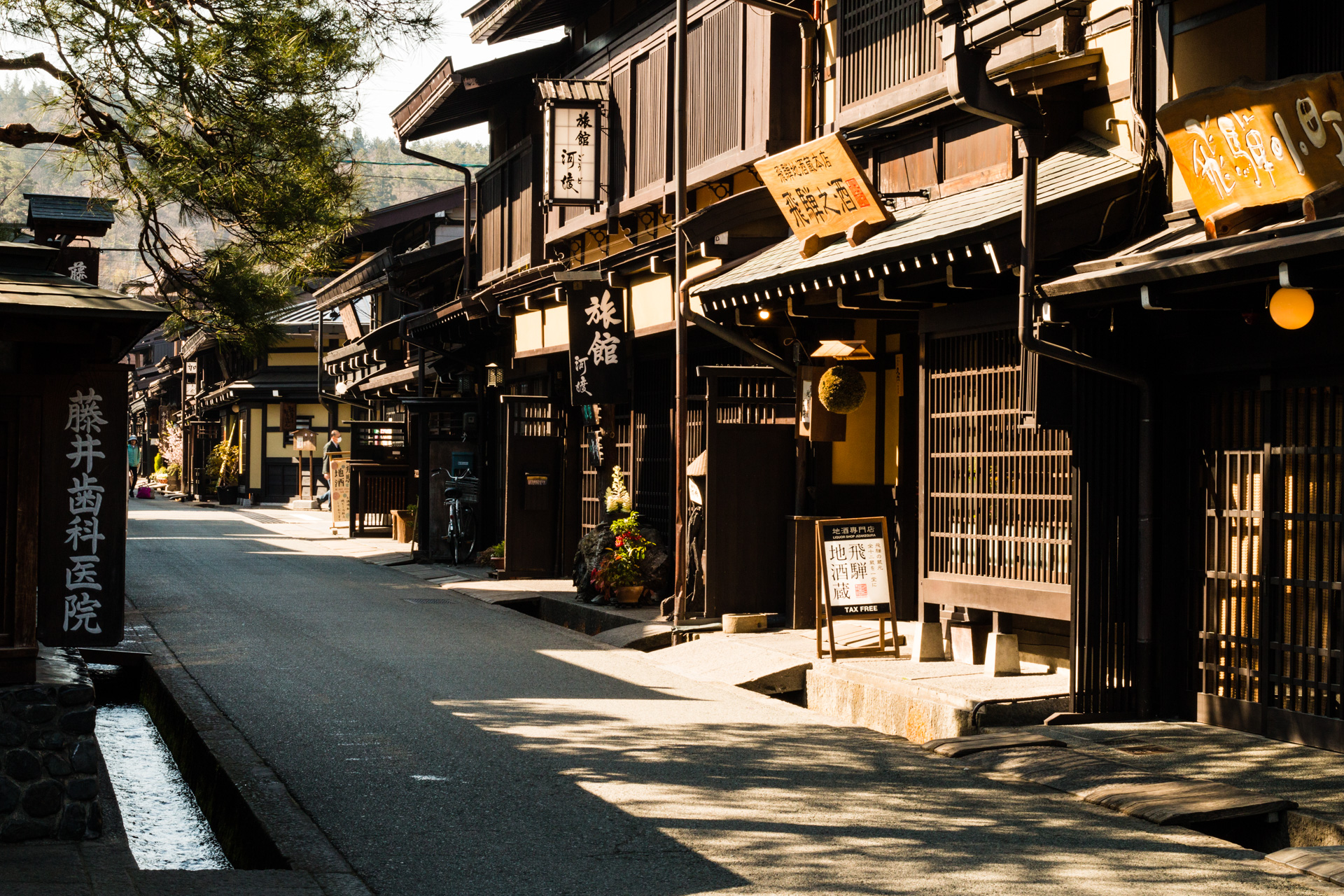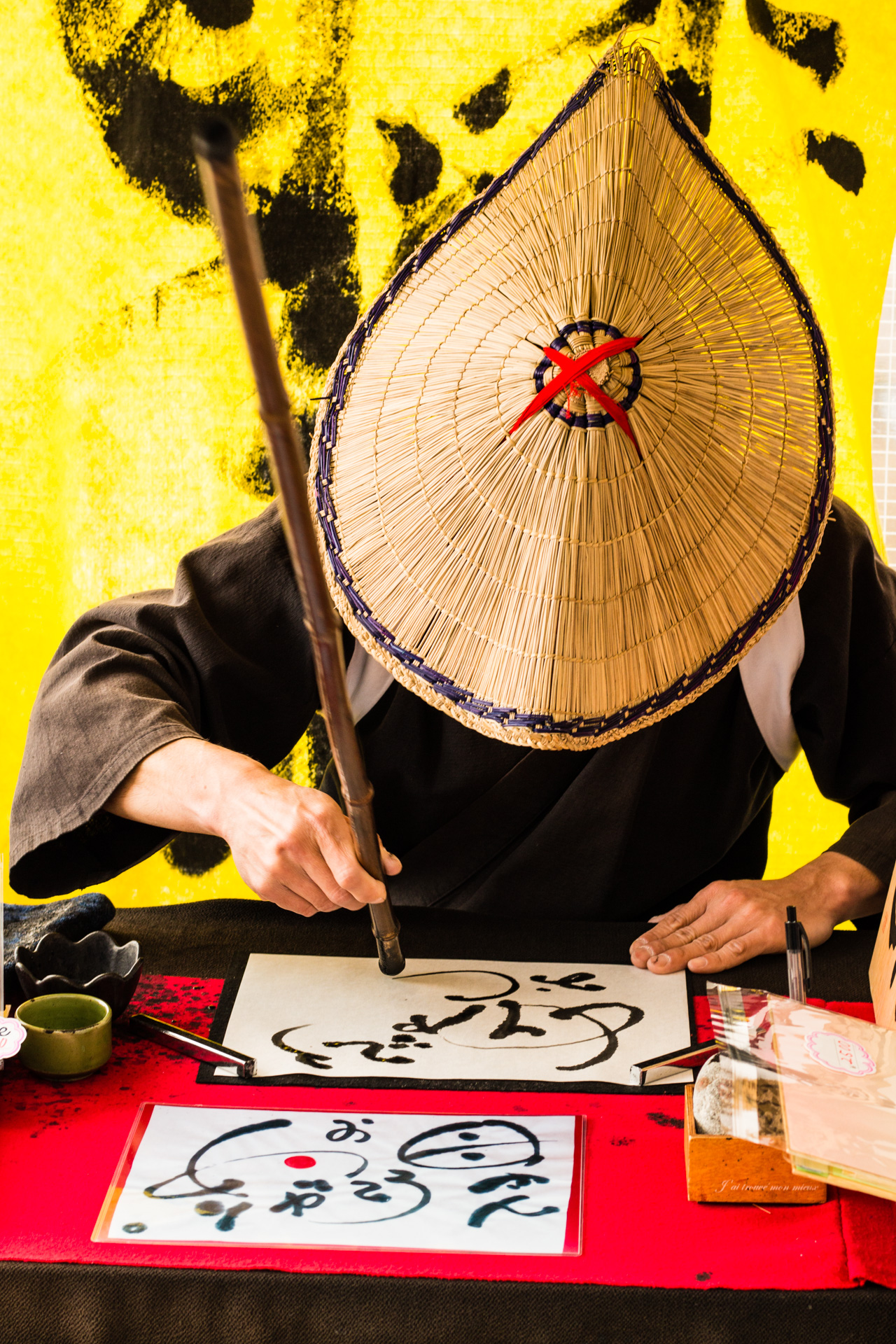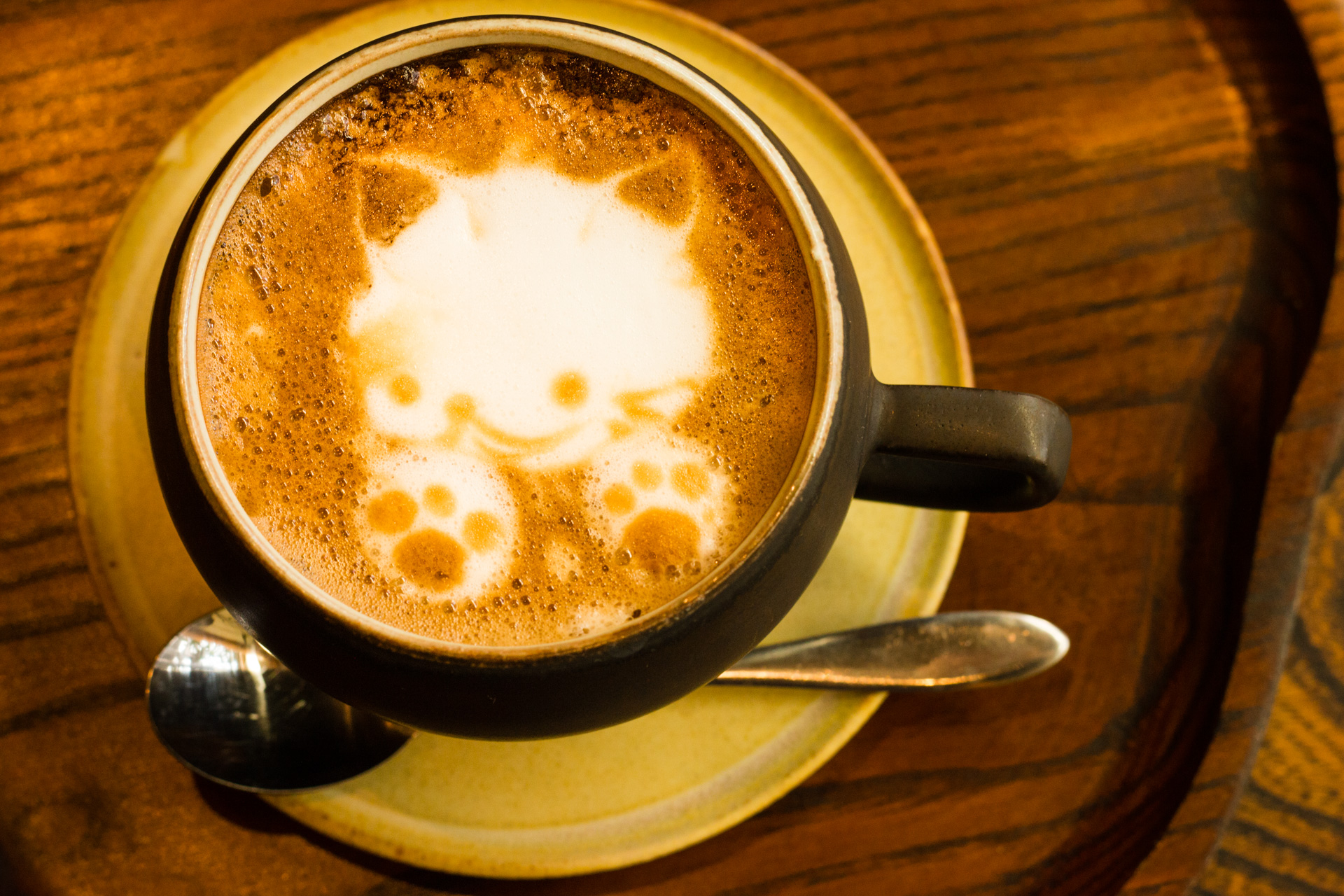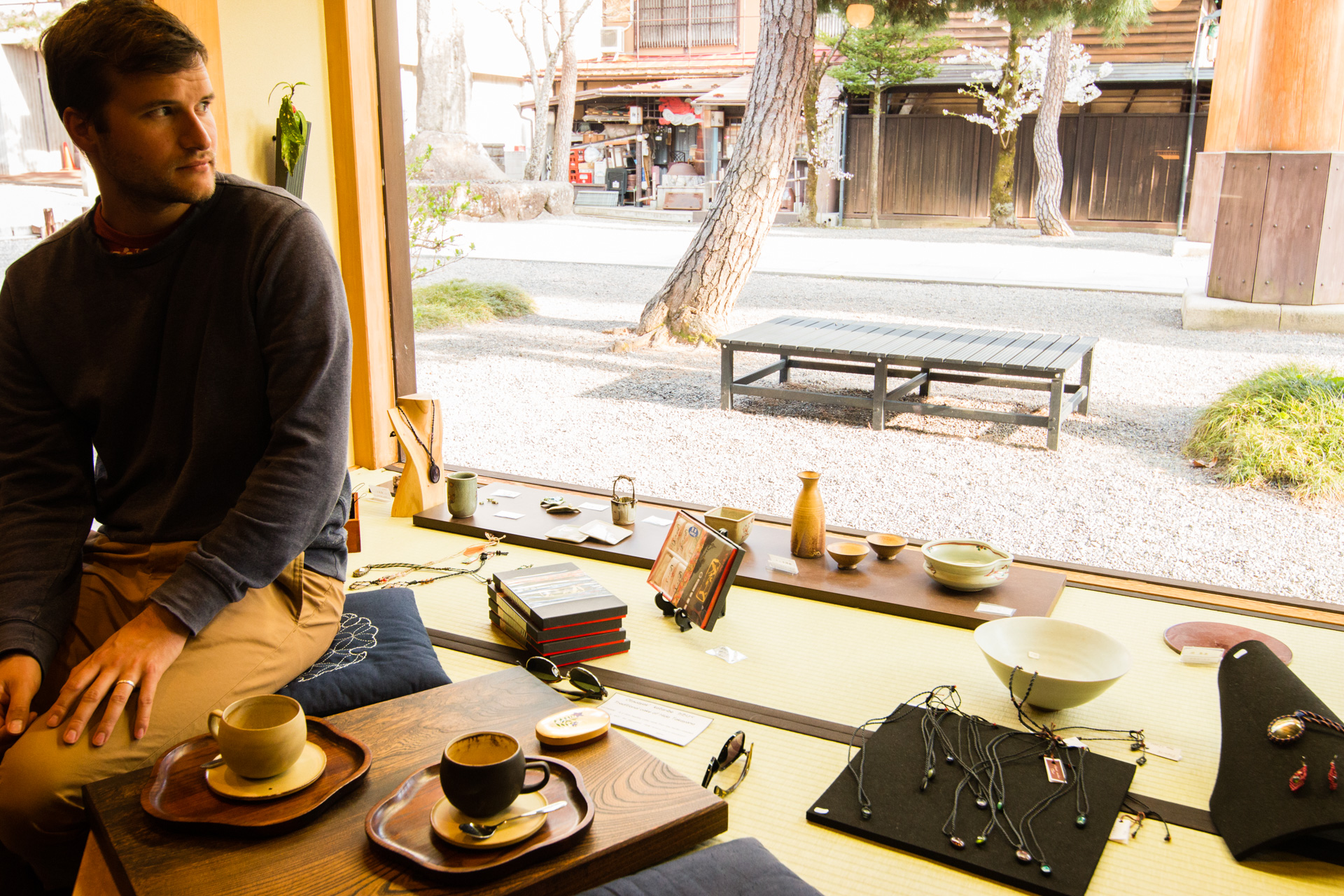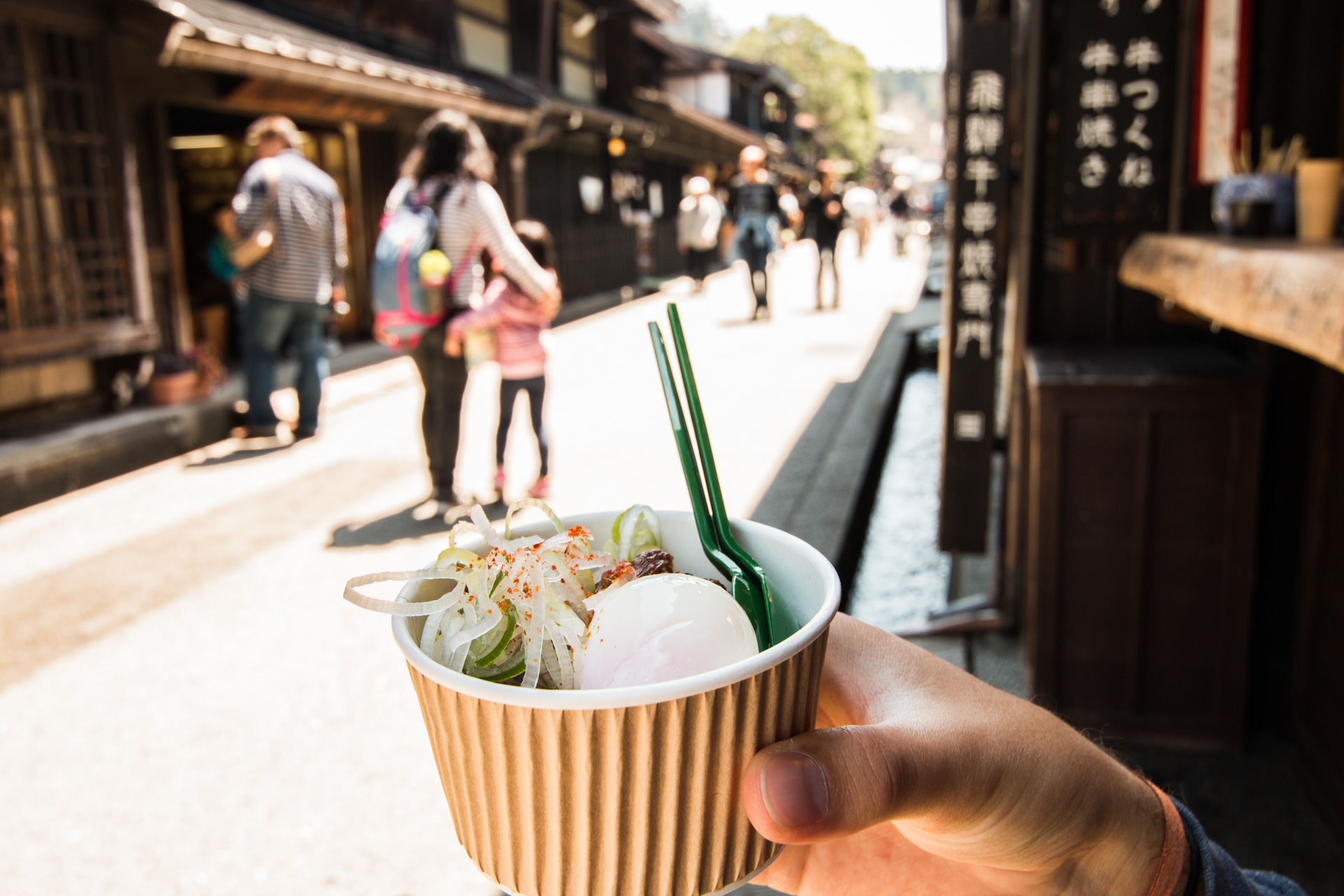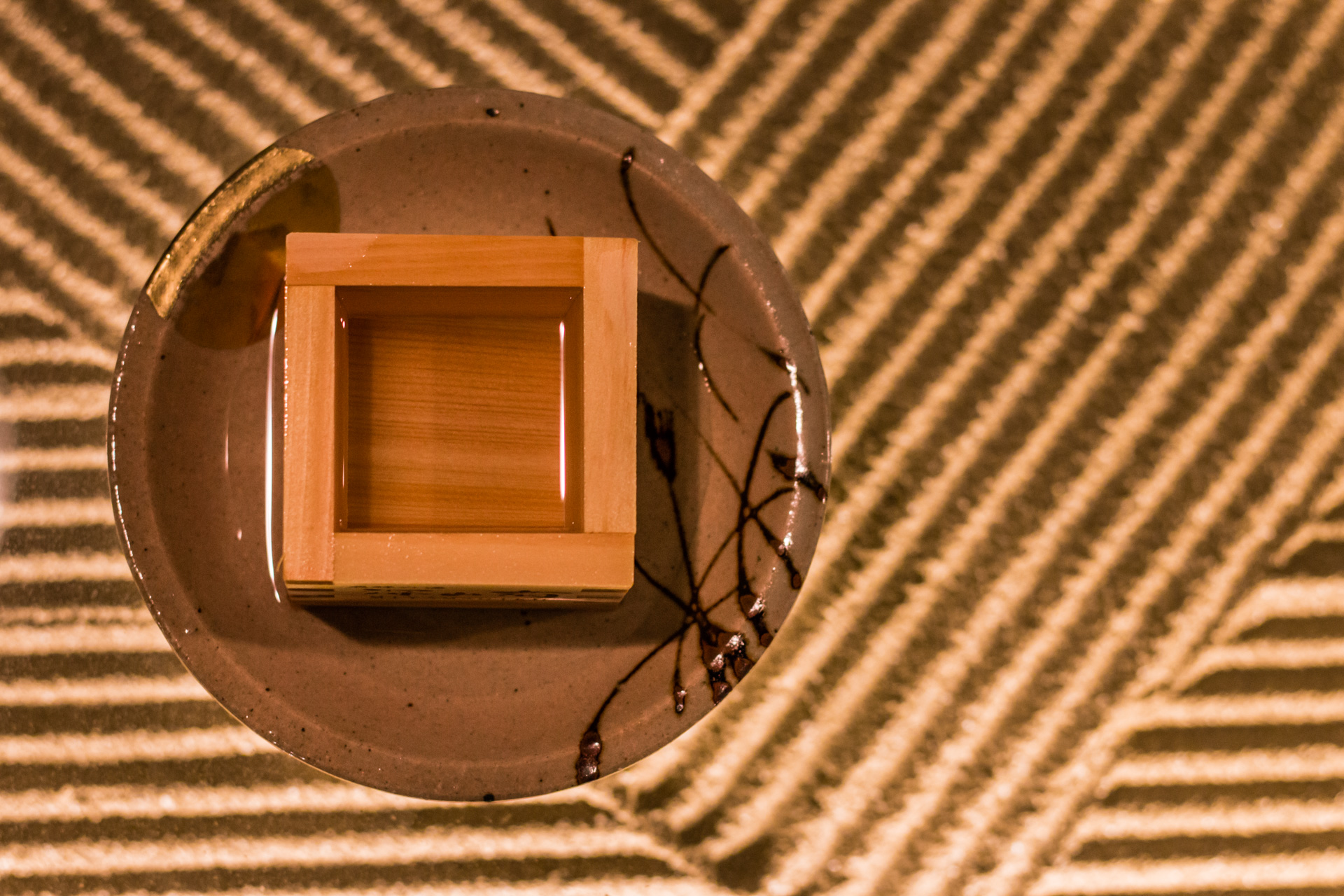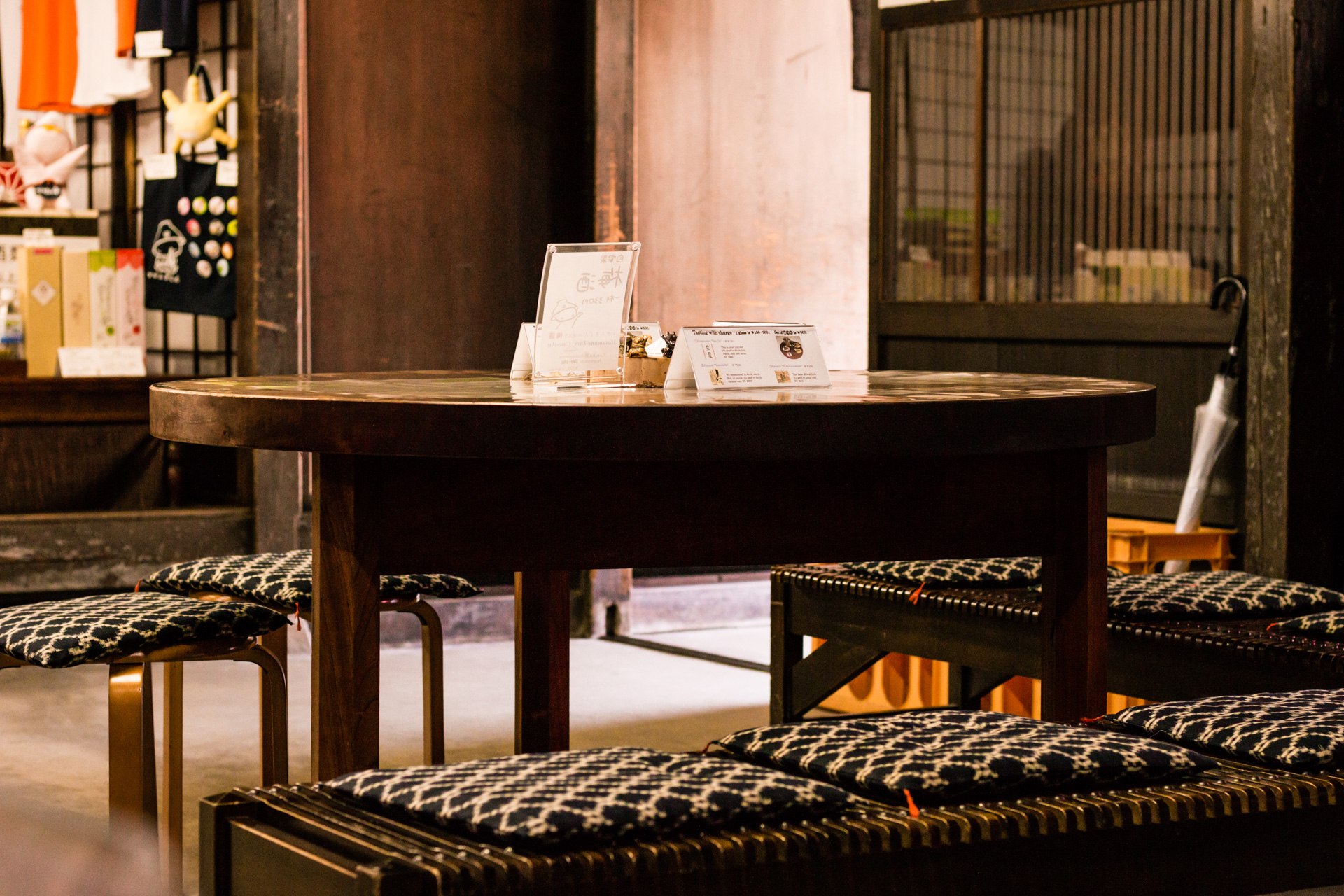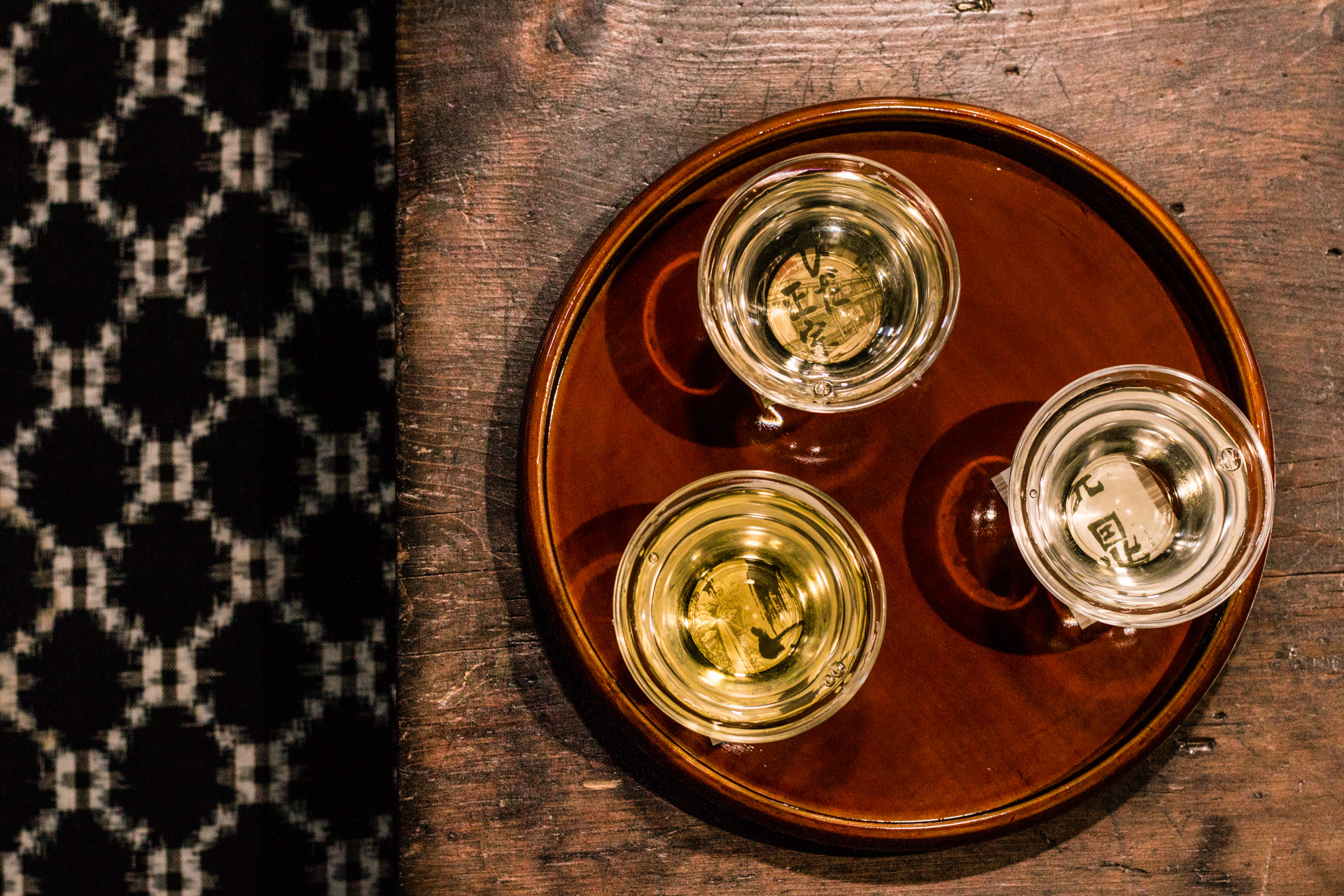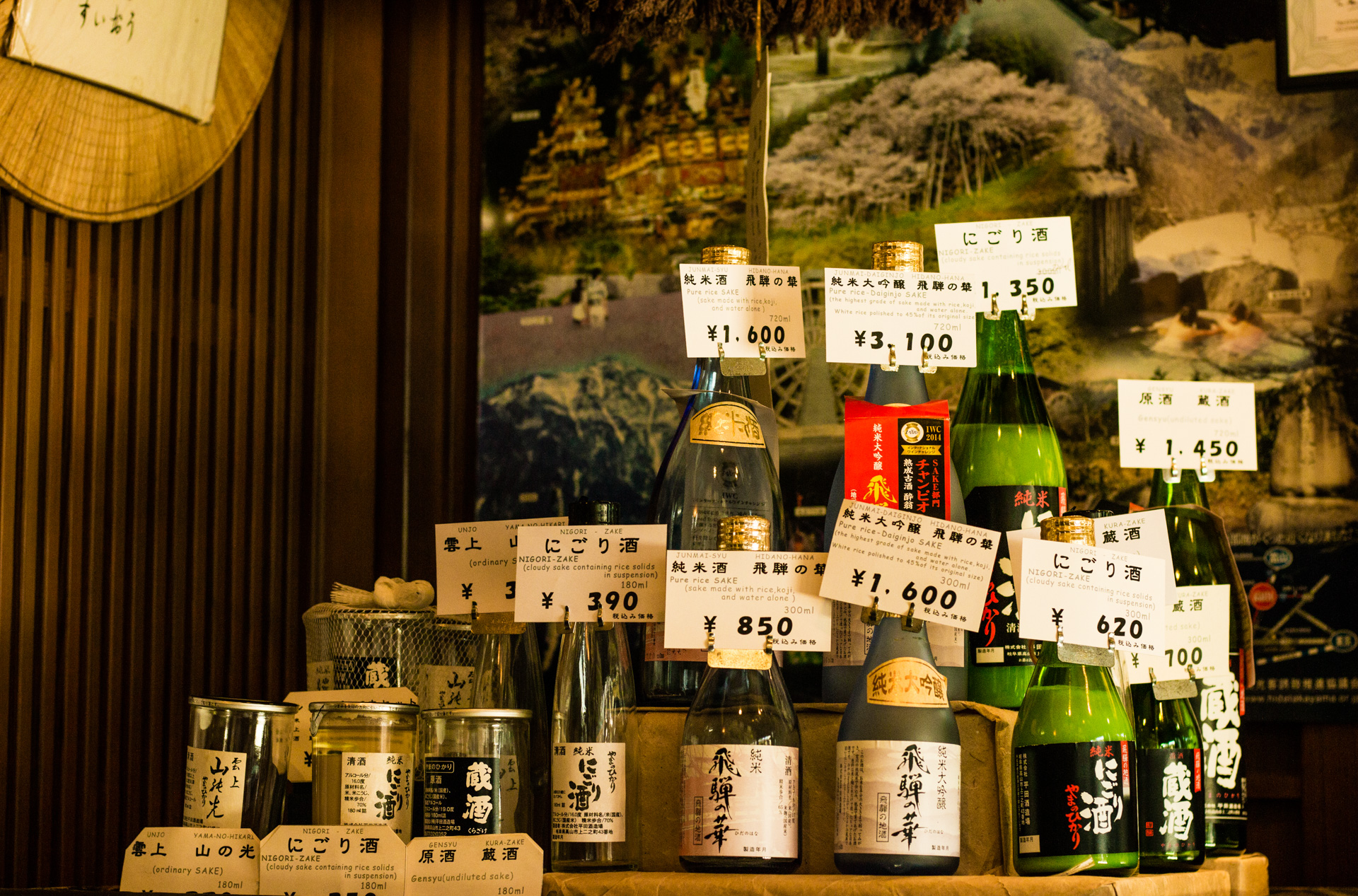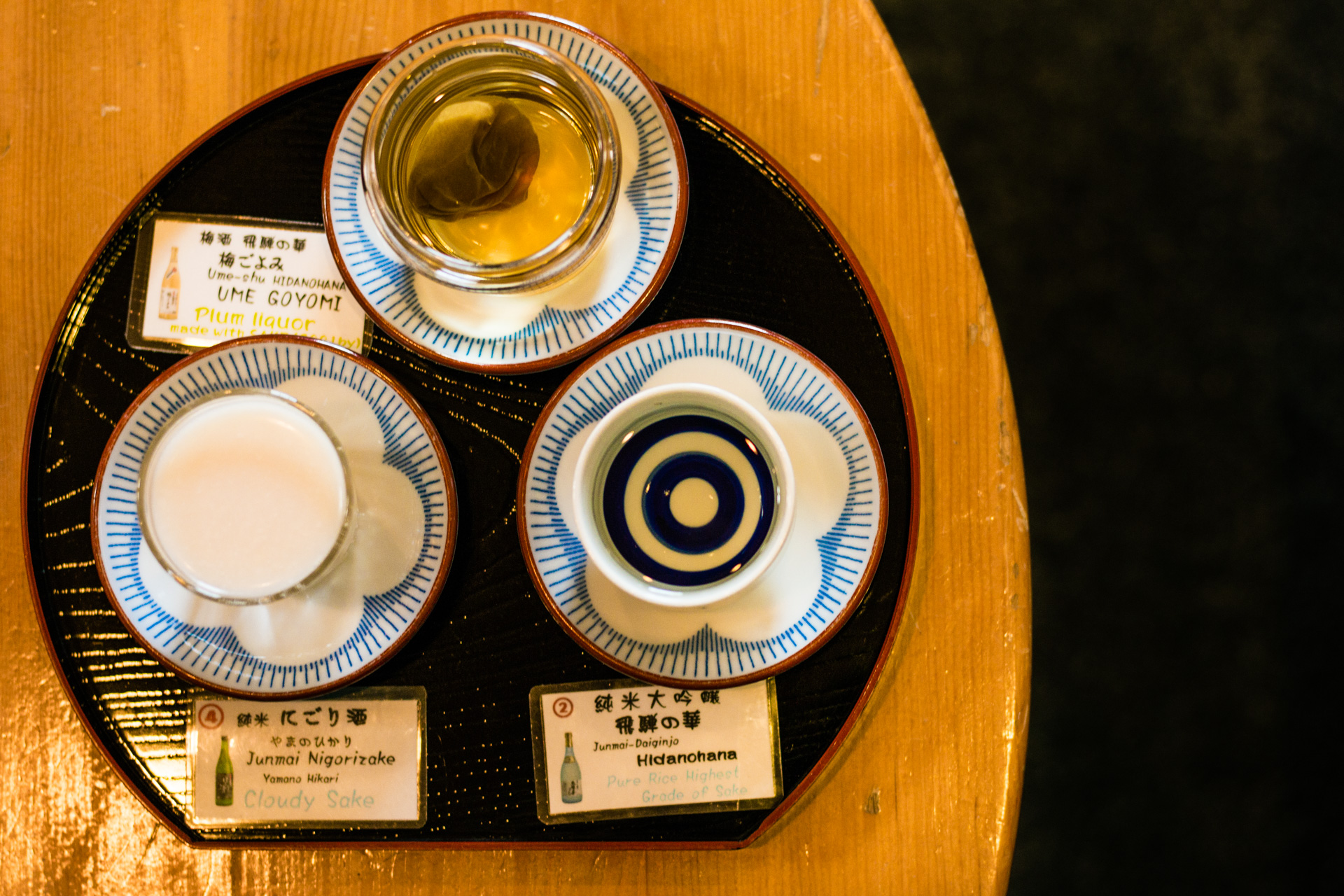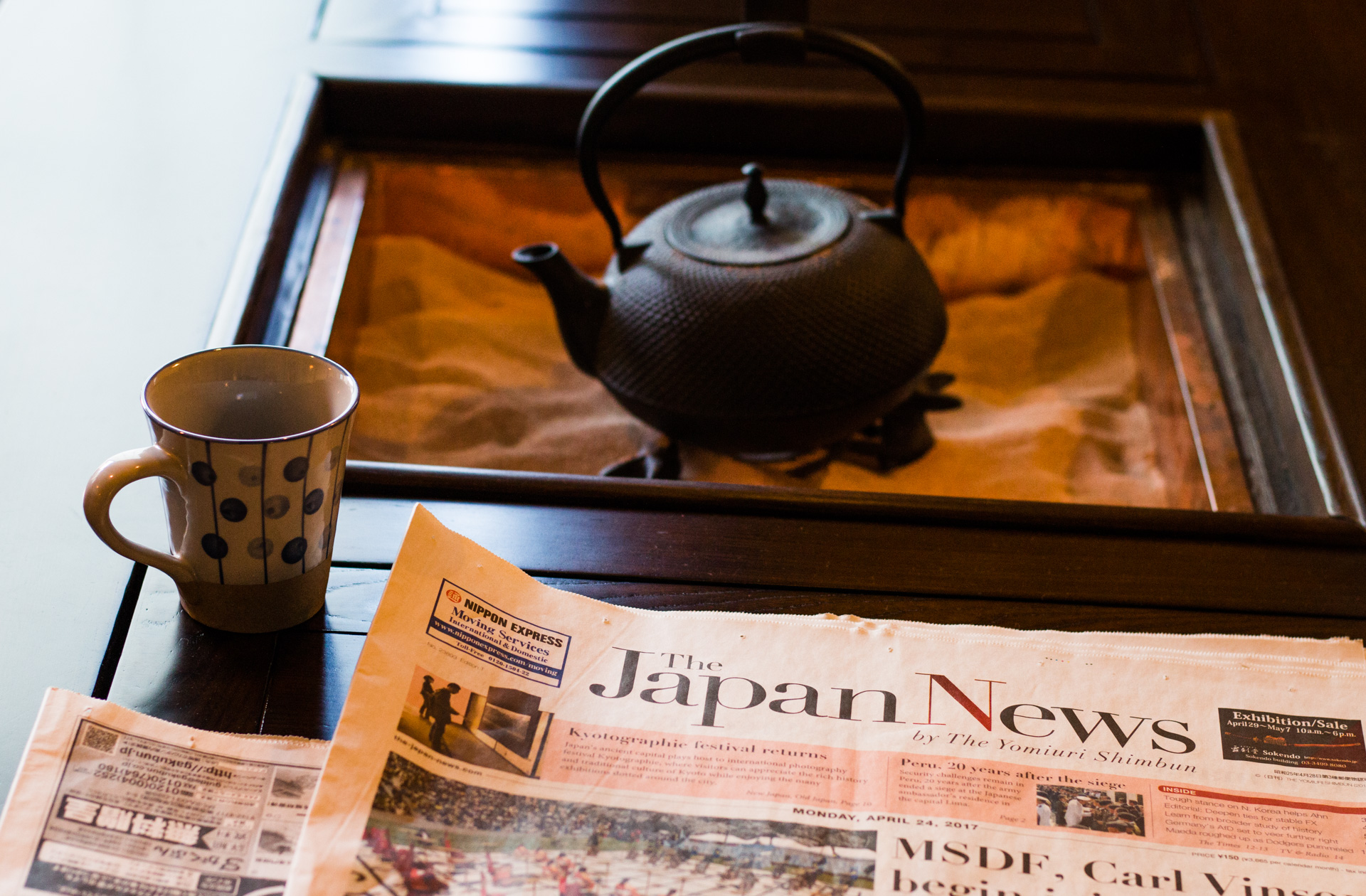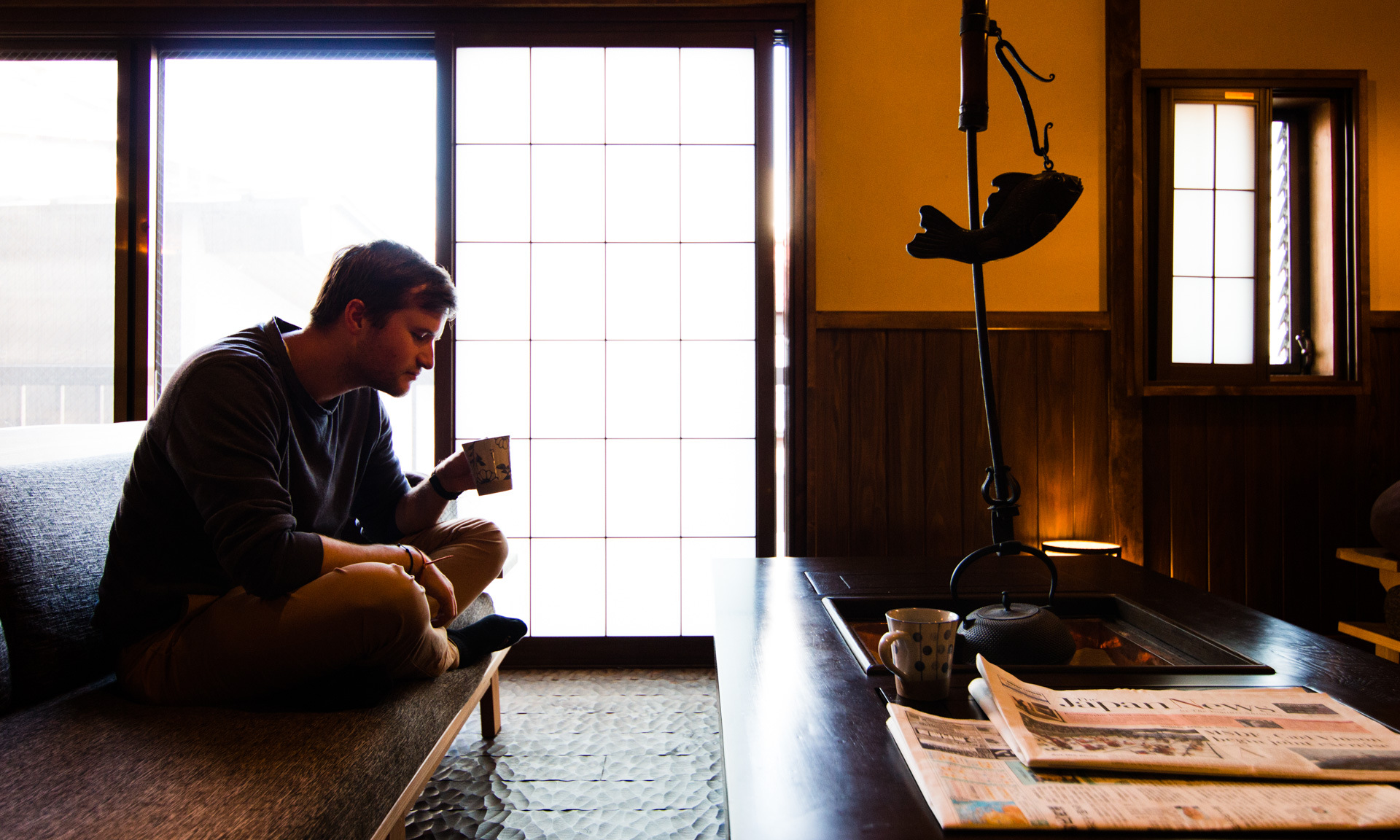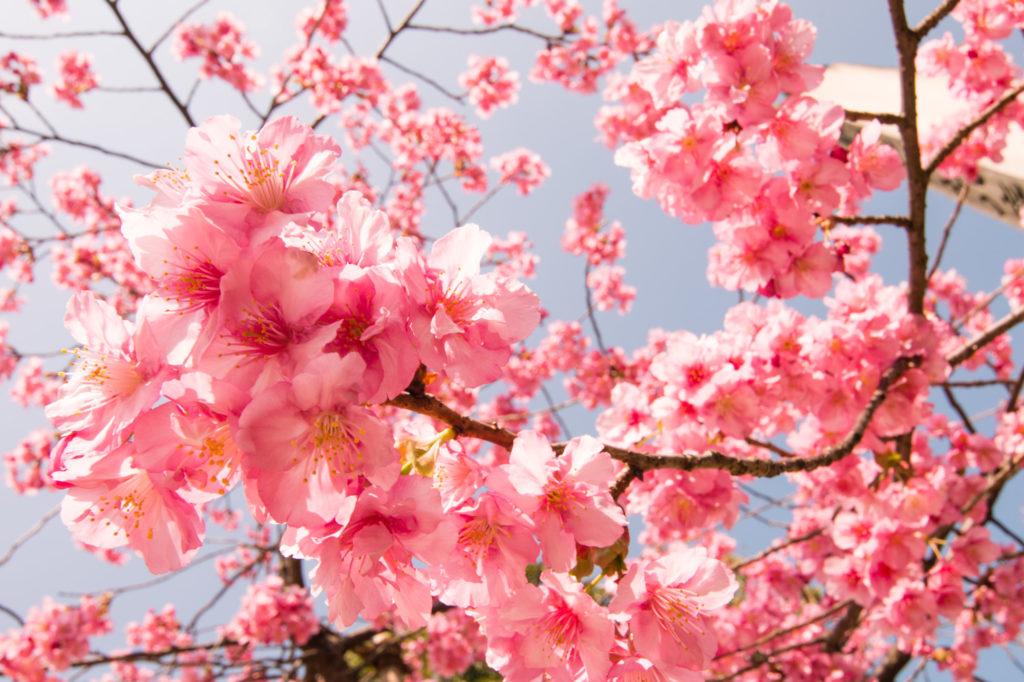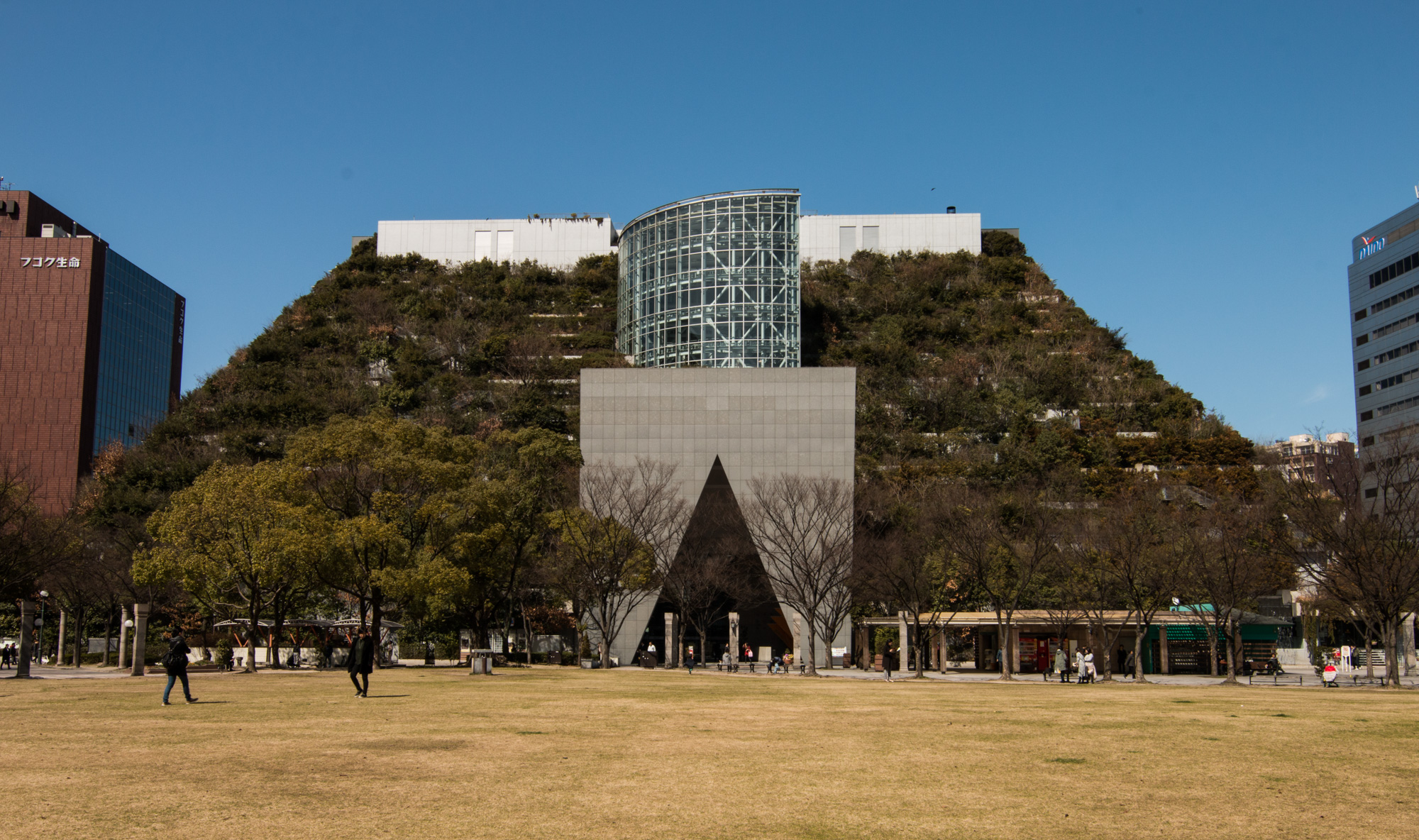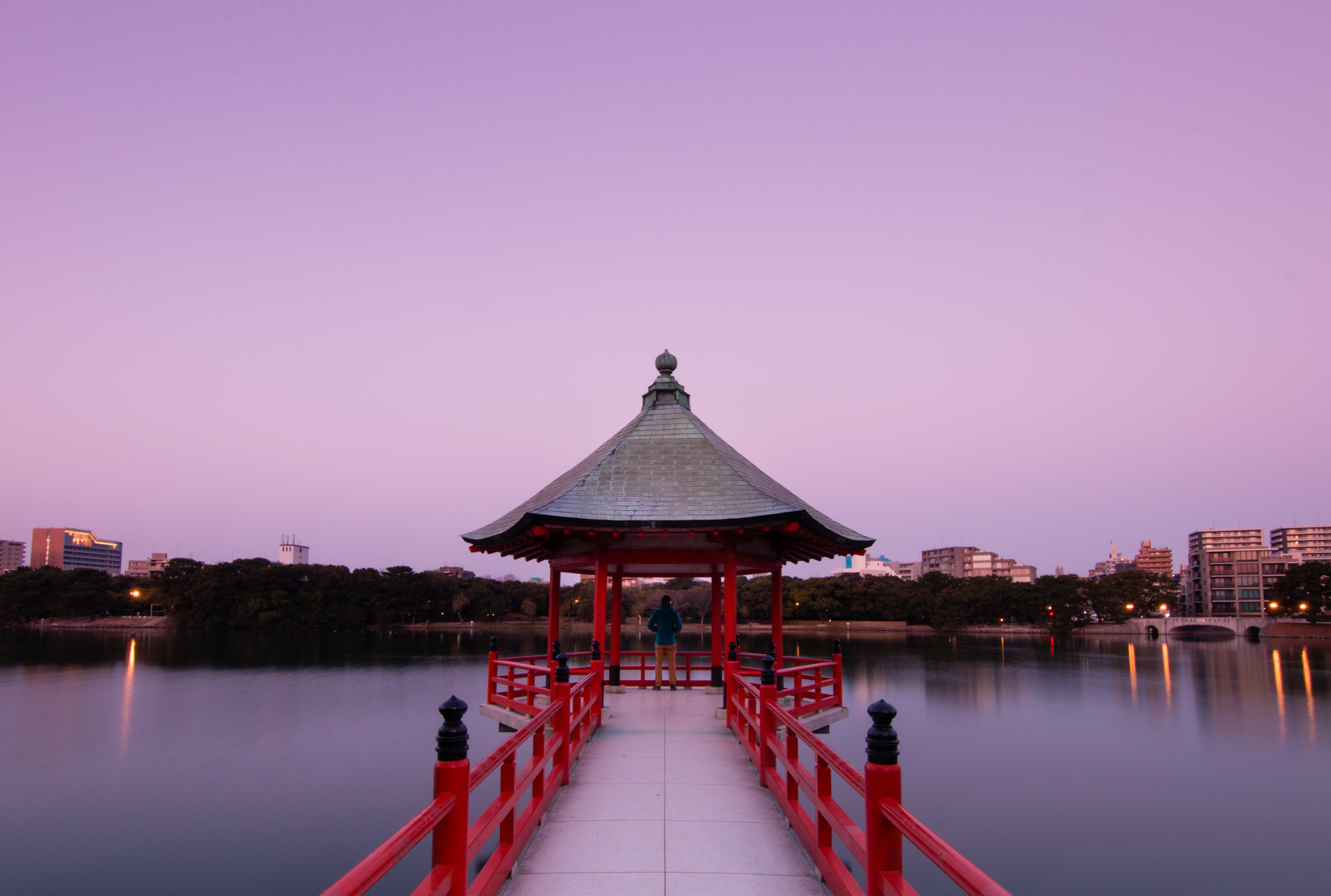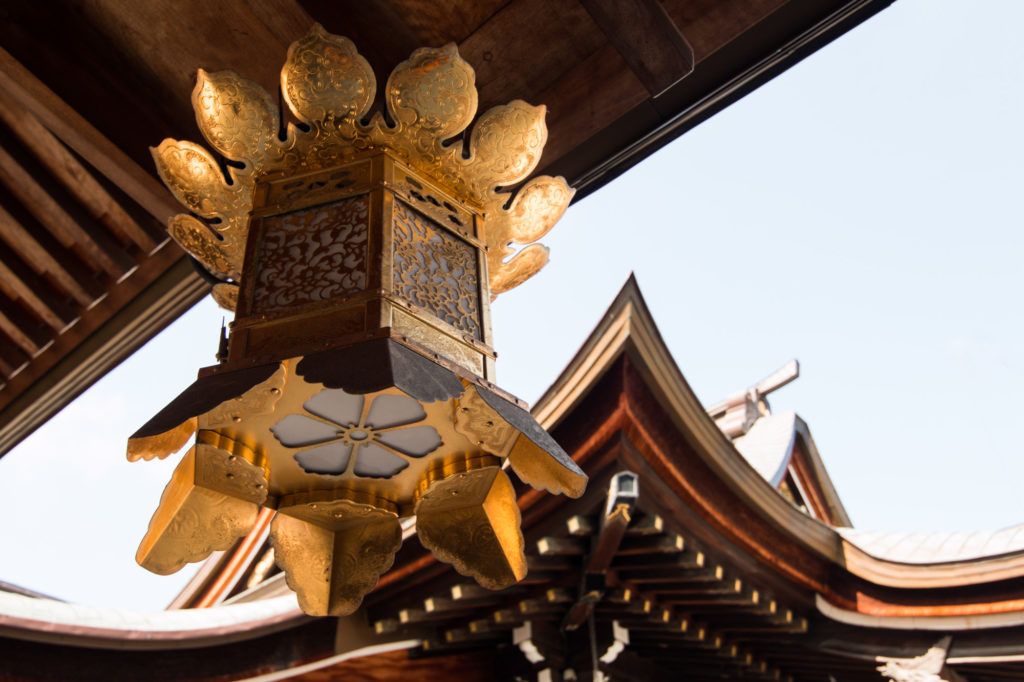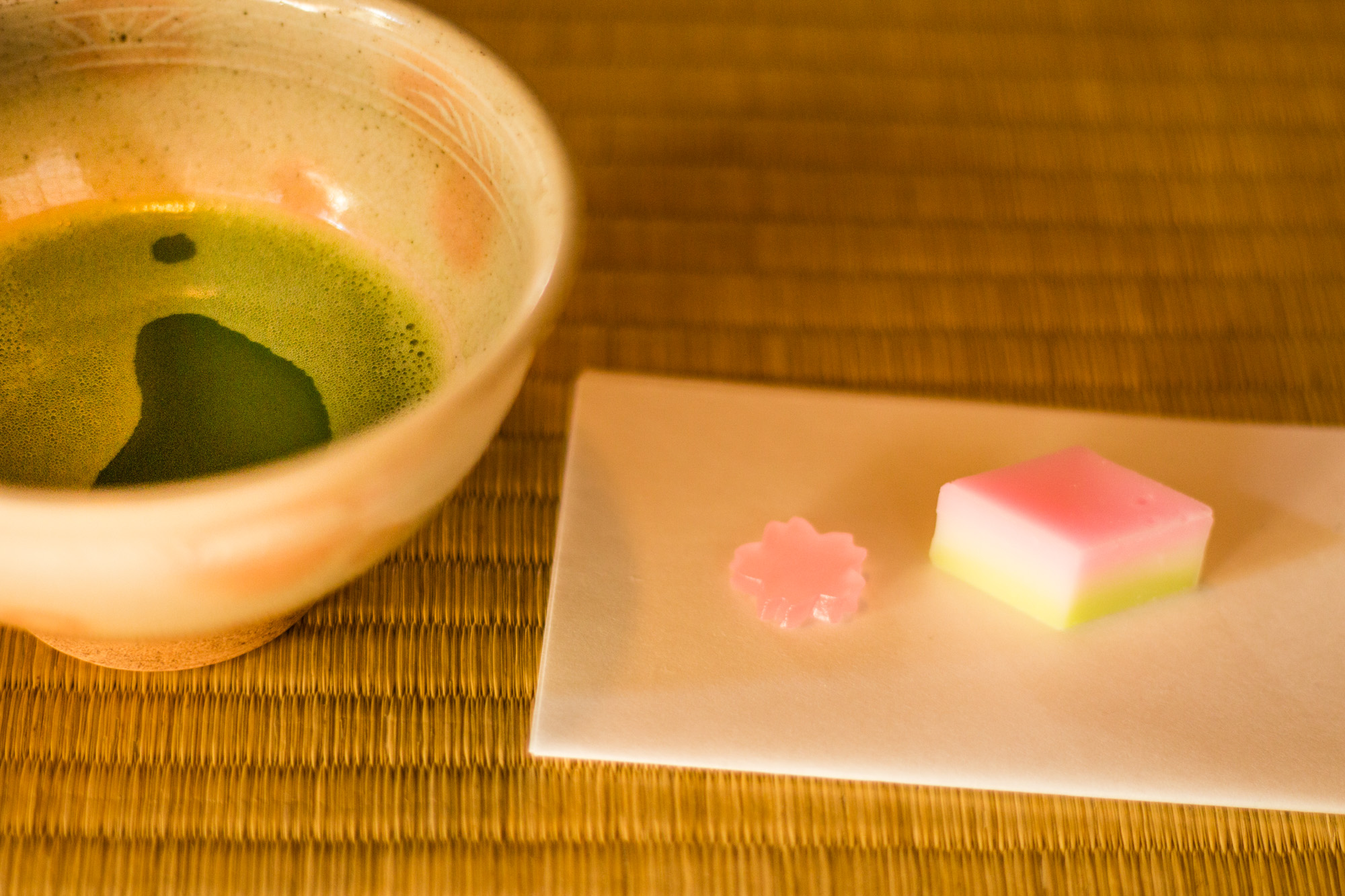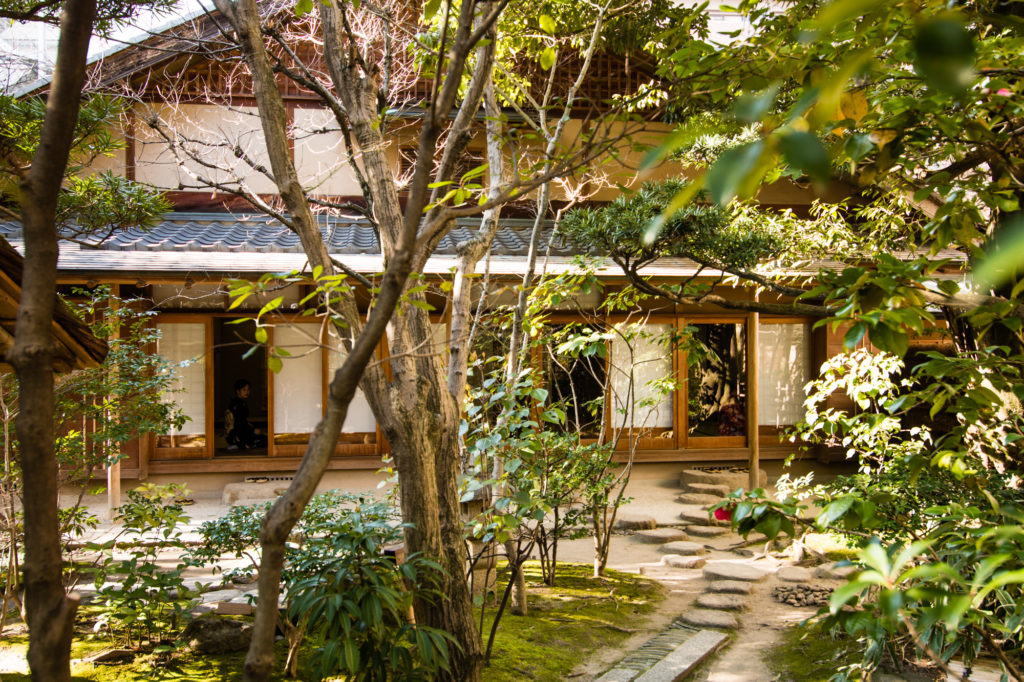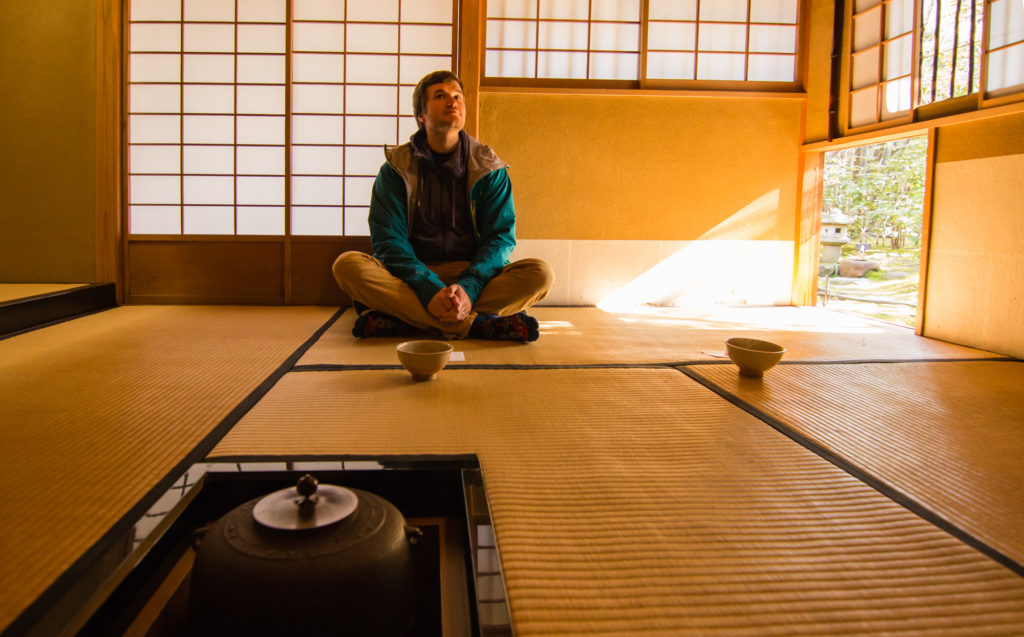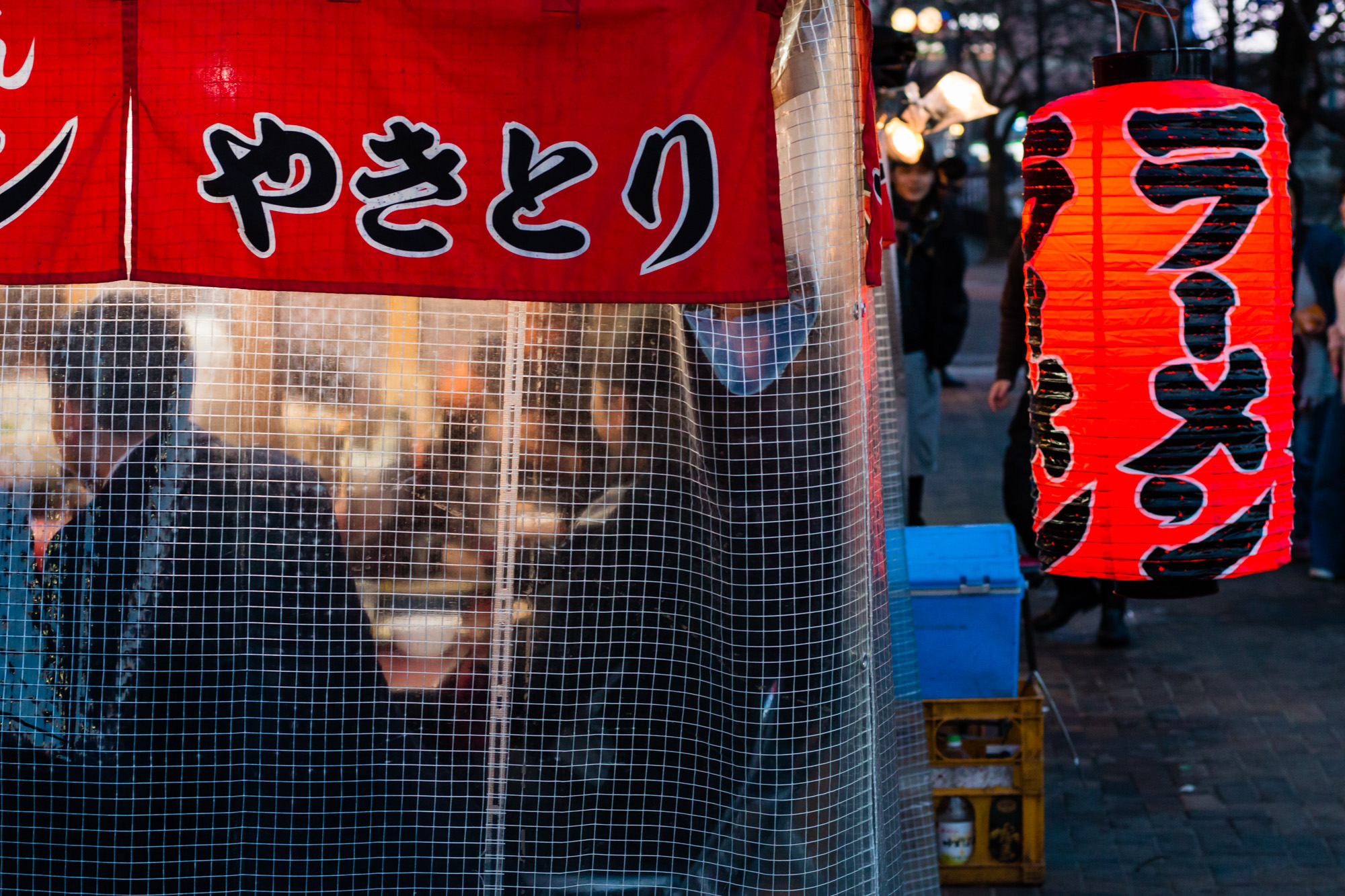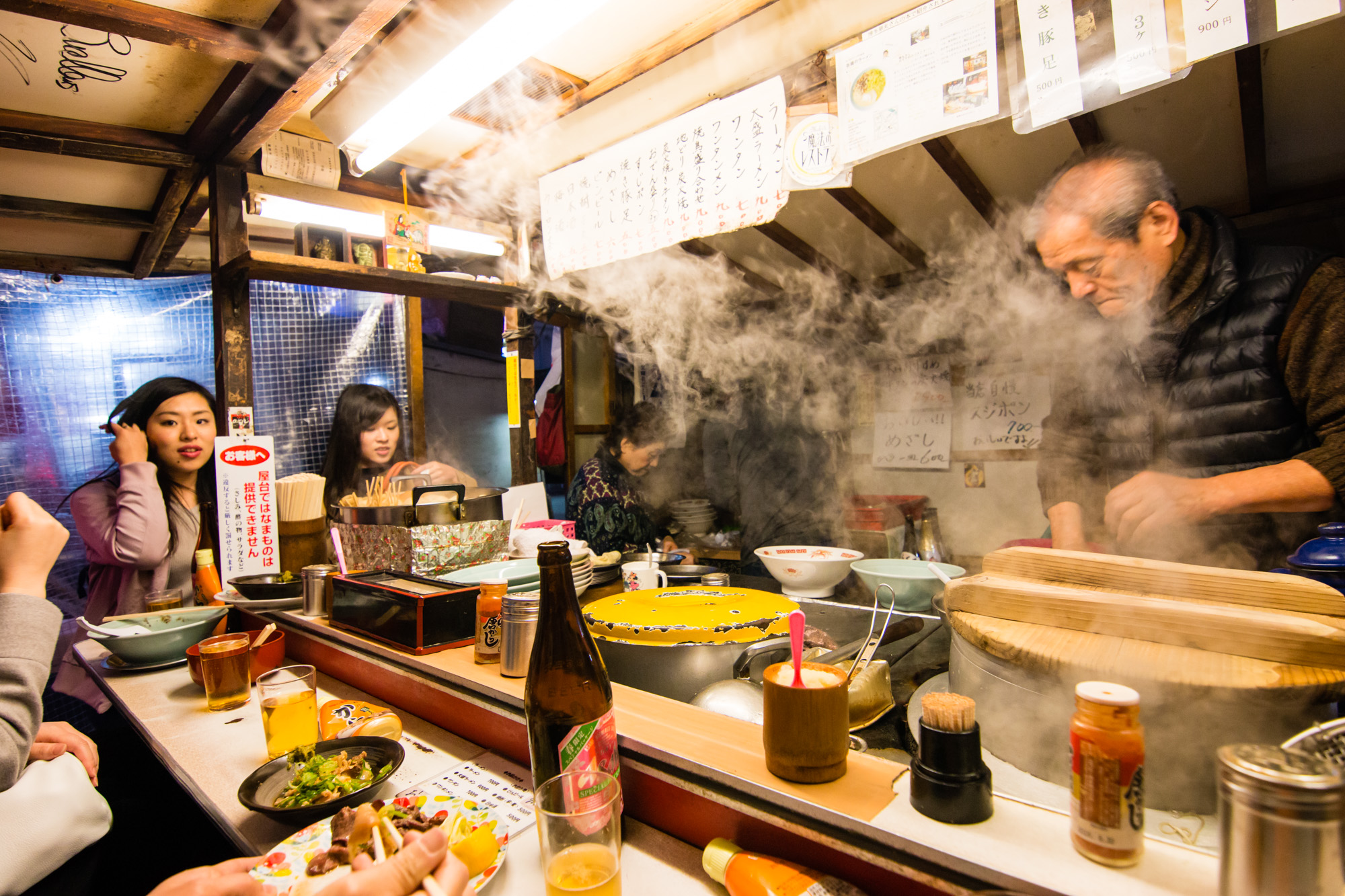Takayama is one of those magical places where time disappears and you can spend days just wandering around, hours sipping coffee and countless nights enjoying sake. Although it’s fairly touristic, going just around the corner from the main street, everyone can find a calm place for themselves. We had a few days to explore the place on a very slow pace but the main highlands are definitely doable in a day. So let’s explore Takayama in 24 hours 🙂
Escaping the crowds on the main street
The main street in Takayama tends to get busy at around 9 am with groups of tourists. We went there before to feed our eyes with wooden, traditional architecture. With all gift shops closed and no groups of Chinese tourists it was nicely calm and quiet. Not comparable to the crowds later on the day. Though we loved the other face of the streets as well, vibrant, busy with lots of arty gifts and sake tastings.
Strolling through the morning market
Splendid way to spend a morning is going to the Miyagawa morning market where people who can handle some savory treats in the morning can enjoy pickles and those who love art can enjoy some live, calligraphy artists and locally made chopsticks. Something for everyone that’s for sure.
Morning coffee with charming, old couple in their little art paradise
Walking past it we got tempted by good price for coffee and music hits from the past. As soon as we entered we got completely charmed by the old couple running this place. They were both overjoyed and enthusiastic about art & coffee. We did not only sit on the tatami floor surrounded by pottery and jewelry but we also got coffee that was just divine! Delicious and beautiful with a painted teddy bear on there. Some say that Japanese live long because they follow their ikigai, their passion and purpose in life. That just has to be true with these seniors and we couldn’t resist going back for more every day.
Hida beef for lunch
Takayama is famous for Hida beef- high quality, meat that just melts in your mouth. We enjoyed in an amazing stew from one of the food kiosks on the main street. Although the name is only available in mysterious Japanese alphabet, the location is clear on the map below.
Since it’s not a big portion and not a cheap treat, we recommend it for small eaters for lunch.
Sake tasting
Sake is an essential part of Japnese culture and Takayama reached perfection in its production. There are many sake breweries offering sake tasting for a small charge presenting quite a selection to try. Those who think sake is not for them should give it a try. There are so many dry and sweet variation that I can’t imagine someone wouldn’t find something suitable for his/hers taste buds. For porridge lovers there is even sake with rice particles still in it. For whisky lovers there are quite few smoky ones out there.
We recommend three breweries for sake tasting
Funasaka Sake Brewery
Although located in a touristic, busy street, it’s pretty calm because 99% of the people don’t realize that once you bought your sake you can chill out with it in a charming little bar behind the shop. We especially loved that they were the only ones that served their goodies in a wooden container overflowing on a little ceramic plate underneath it. It also changes the taste slightly making it more whisky-like because of the wood.
Kawashiri Sake Brewery
It’s a small, family business run throughout generations with love and devotion. They don’t speak any English but they give a very interesting leaflet explaining all the different sake they offer as well as the process.
Hirata Sake Brewery
Another small, family business with plenty of sake bottles open to viewing, touching and tasting.
Serious bowl of decadent ramen for dinner
Tiny restaurant with very few tables, chairs along the bar and small table on a tatami floor. That’s where the whole neighborhood comes together to sip their evening away with bottles of sake and delicious noodles. We absolutely loved the food and the vibe in there. And it's worth mentioning that Hida ramen is another specialty of the region.
A good night sleep in a capsula
K’s house is a charming hostel with comfy capsulas as well as private rooms and a great common area to chill out. People working there are enthusiastic, very helpful and always smiling. The hostel has an excellent kitchen with great pottery to make whatever you cook very presentable.
